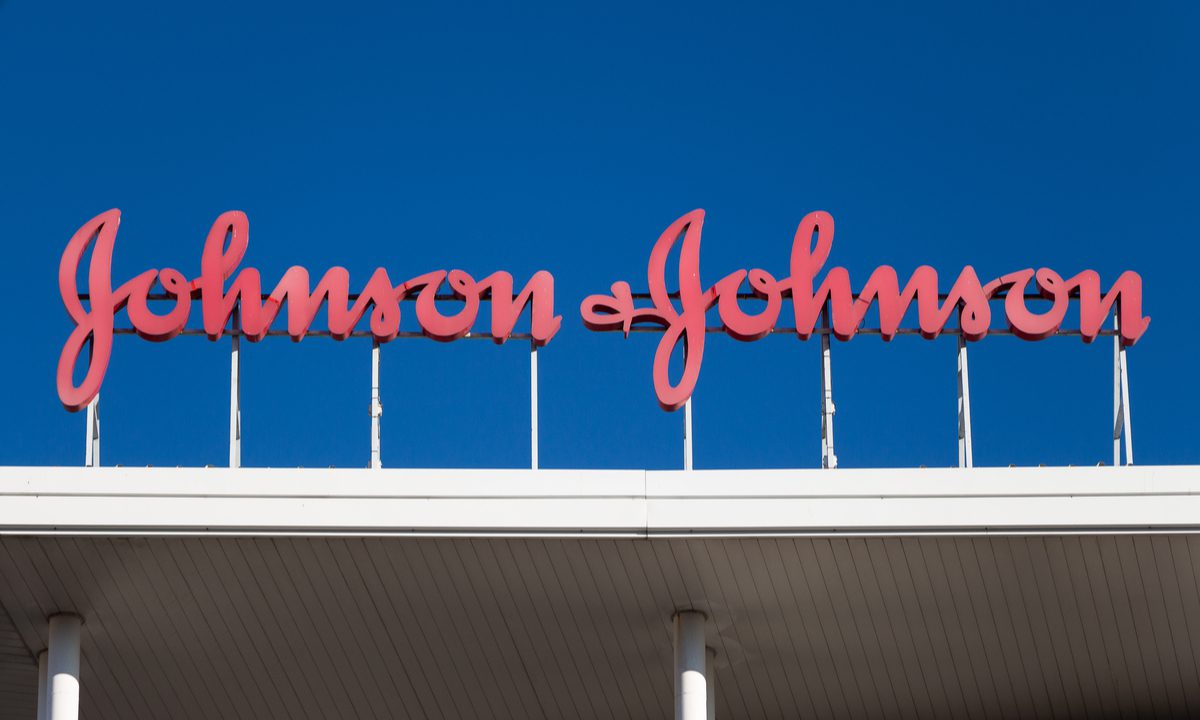
And then there were two — or soon, there will be.
Healthcare giant Johnson & Johnson’s announcement last week that it would split its operations into two entities — one focusing on pharma/medical devices and one focusing on consumer products — represents a strategic nod to the fact that the direct-to-consumer (D2C) market is a niche that deserves focus all its own.
The firm is spinning off its household products operations, a move slated to take place through the next 18 months to 24 months that will create two distinct, publicly traded companies. It’s a way for Wall Street and investors in general to place their bets on separate business lines, momentum and profits.
“Following a comprehensive review, the board and management team believe that the planned separation of the consumer health business is the best way to accelerate our efforts to serve patients, consumers and healthcare professionals, create opportunities for our talented global team, drive profitable growth and — most importantly — improve healthcare outcomes for people around the world,” outgoing CEO Alex Gorsky said in the announcement detailing the move.
Spinoff Still Unnamed
The as-yet-unnamed consumer spinoff will house brands that, collectively, will generate as much as $15 billion in revenues this year. There are four $1 billion “megabrands” (as measured in annual revenues) and 20 brands with $150 million in annual sales.
In the announcement detailing the spinoff, those brands include Neutrogena, Aveeno and Band-Aid, among others. And although these brands represent a minority of consolidated top line, the digital shift that is currently underway may pique investor interest in the consumer-facing offerings.
J&J’s consumer brands brought in $14.1 billion of sales last year, generating about 17.1% of total revenue. Of those sales, it generated roughly a third from over-the-counter medicines, a third from skin health and beauty brands, and the rest from oral care, baby care, women’s health and other products. J&J said it expects consumer sales to hit $15 billion this year.
Investor materials released in tandem with the announcement show that the new consumer health company would be 35% tied to over-the-counter and self-care products, 33% tied to essential health and specialty products, and 32% tied to skin health and beauty products. Those key categories are growing in the mid-single digit to high-single digit percentage point growth rates, compounded annually.
In the latest quarter, the company noted that worldwide consumer health sales of $3.7 billion increased 4.1% with growth of 4.5% in the U.S. and growth of 3.7% outside of the U.S.
Management noted on the conference call late last month to discuss results that the company is above pre-pandemic levels. When compared to 2019 levels, the consumer health business grew by 8% in in the latest quarter.
The latest quarters’ commentary also underscored that there has been “strong performance” in Aveeno and Neutrogena facial moisturizing and body care, driven, per management discussion, by the recovery from the pandemic and eCommerce growth.
When the unit is fully spun off, investors and Wall Street will be able to assign a multiple to the consumer business on its own. As economies reopen and pre-pandemic routines become normal again, eCommerce may underpin, and even accelerate, top line growth.